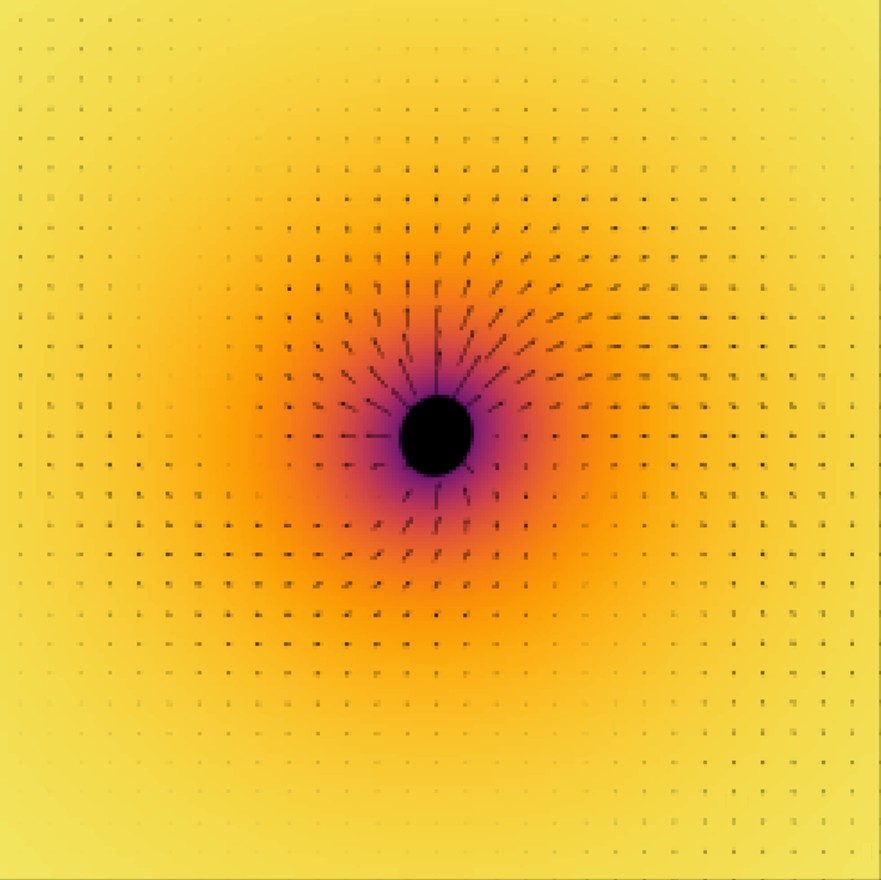The intended audience of this page is the general public. You can find the version for specialists here.
Numerical relativity
General relativity is one of the most famous and well-established physical theories. The first formulation is due to Albert Einstein and it is more than 100 years old. Despite the age, it was only with the advent of computers that scientists managed to unlock some of the most ground-braking predictions of the theory, such as detailed models for gravitational waves. Putting general relativity on a computer was no easy task and an entire new branch of physics was born in the effort. I specialize in this field, known as numerical relativity. Today, we can perform successful numerical-relativity simulations of several different systems and build models that guide and explain astronomical observations. In my research, I apply numerical-relativity techniques to study binary systems, and I extend our computational and theoretical methods for numerical relativity in general.

Charged black holes
General relativity is a rich theory and there is still a lot to be understood. One of the areas that is poorly explored is the nonlinear interaction between extreme gravitational and electromagnetic fields. Here, with ’nonlinear’ we essentially mean ‘so complicated that only computers can do it’. These studies can help us shed more light on some fundamental properties of the Universe and how our theories behave under the most extreme conditions.
Accretion onto binary black holes

In 2015, the scientific community detected for the first time gravitational waves, ripple in the spacetime that are caused by mergers of black holes. Gravitational waves allow us to look at the universe in a completely new way, enabling leap in our scientific knowledge. Binary black holes surrounded by a very hot gas constitute a prime target for gravitational-wave searches. These systems are particularly interesting because they can also be detected with traditional telescopes, enabling what is known as multimessenger astronomy. I simulate binary black holes near merger to develop theoretical models to explain and interpret astronomical observations.
Neutron stars

One of the possible endpoints of the life of a star is to explode and leave behind a remnant of the size of a small city. These objects are known as neutron stars and are incredibly different compared to anything we can find of Earth. Scientists are extremely interested in neutron stars because they are unique laboratories where we can test our theories, expanding the boundaries of what we know. In my research, I focus on a rotating neutron stars and their special properties, and on stars with a quark core (a core made only by the most fundamental particles that we currently know of).
High-performance computing and software development
Numerical relativity is a field driven by data and code. Therefore, software and algorithm development is an important part of my work. I am deeply interested in improving the computational tools of my community, so I am develop high-quality public code that anyone can use and expand upon.